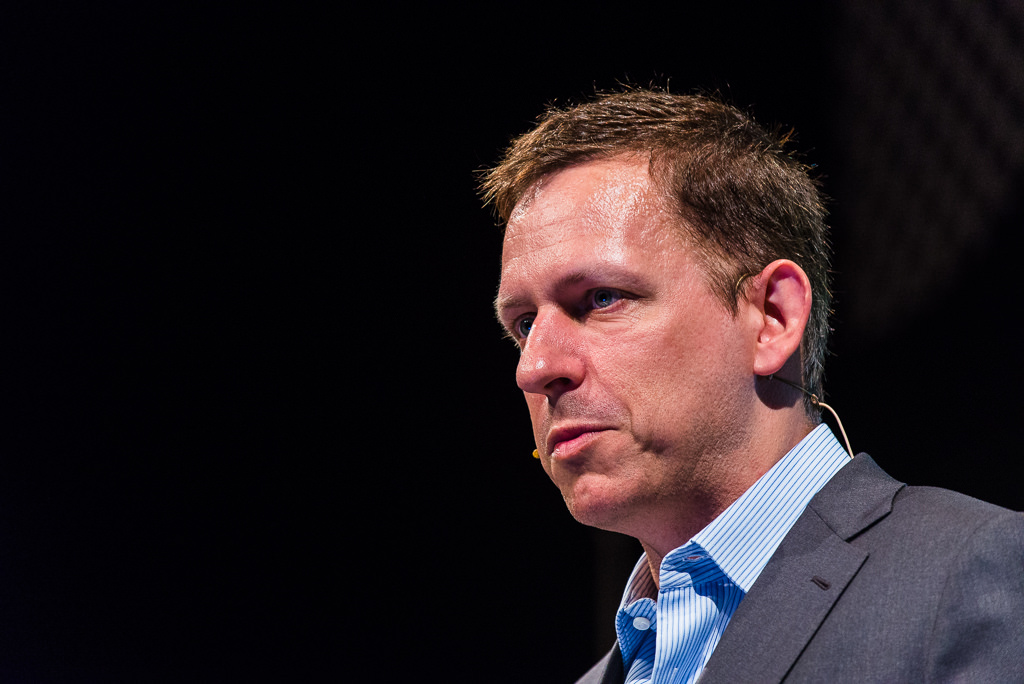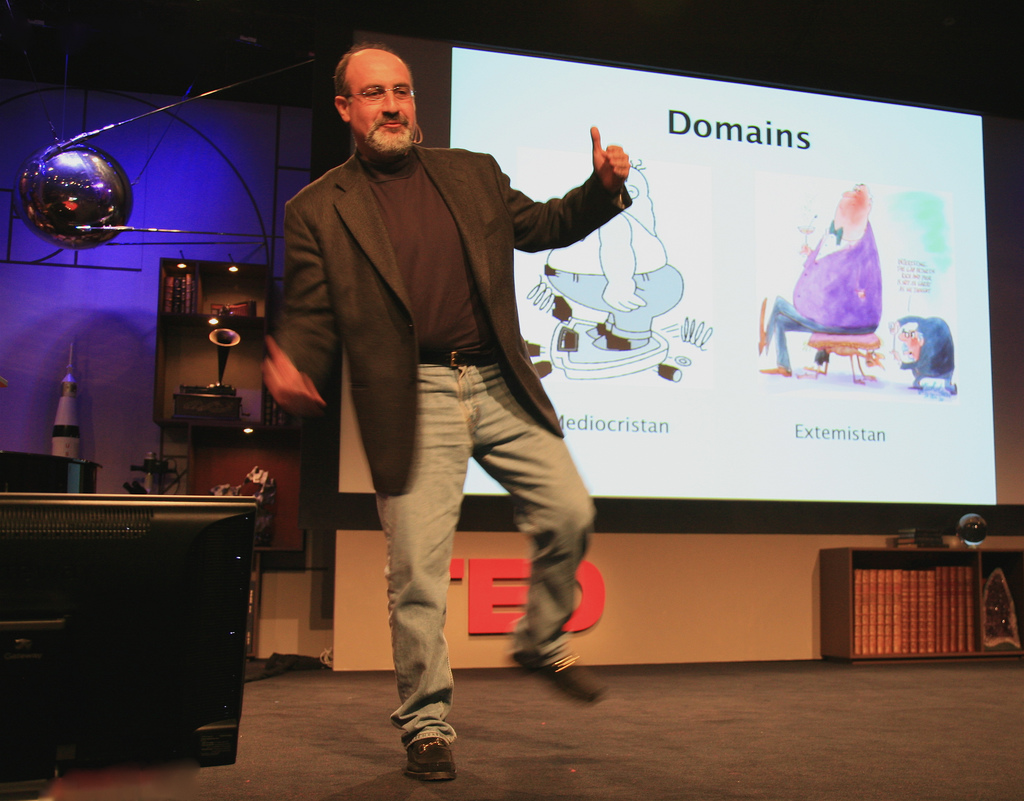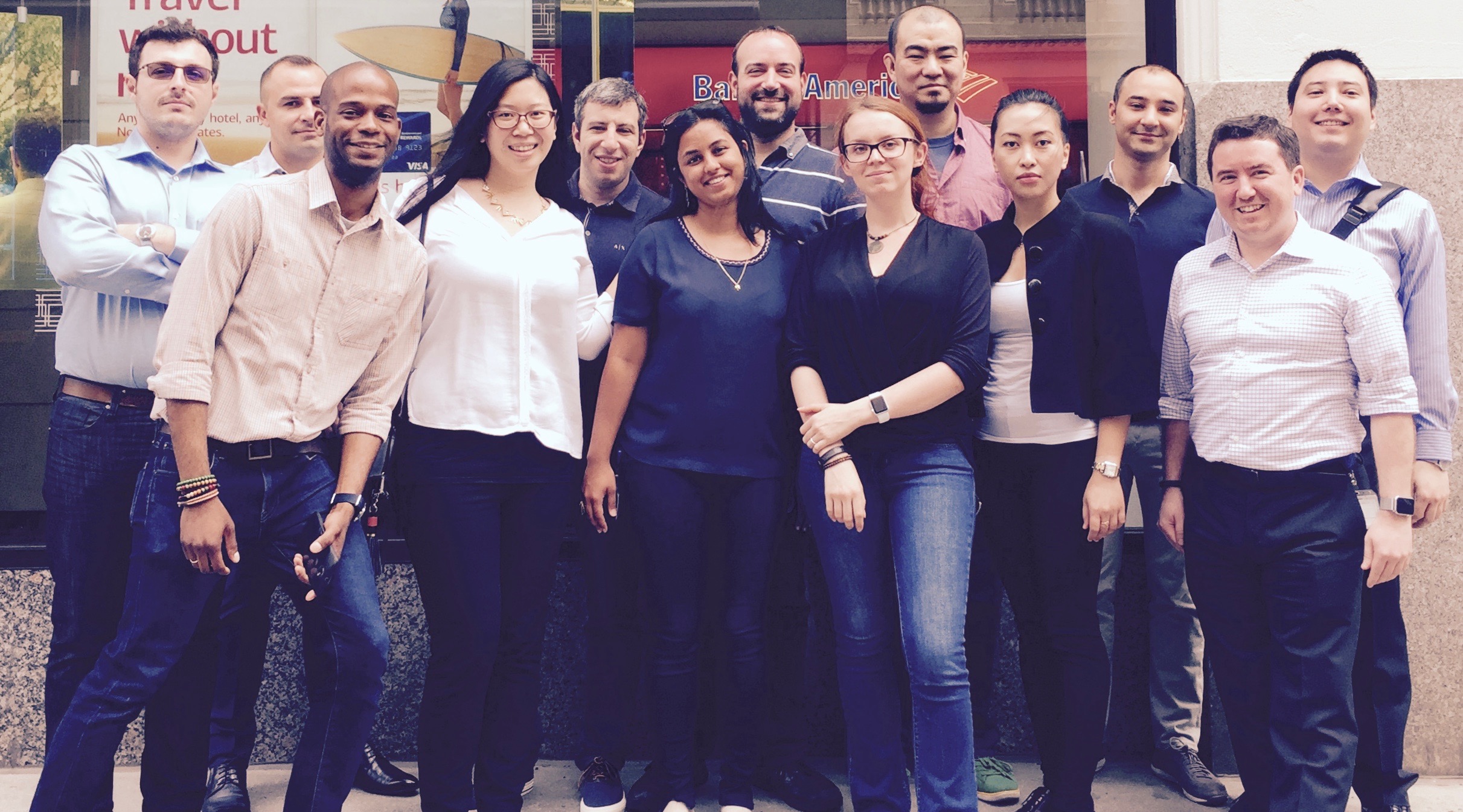I came across an accidentally publicly shared Google Plus post by Steve Yegge years ago in which he described one of Amazon’s turning points…
[One day Jeff Bezos who] makes ordinary control freaks look like stoned hippies…issued a mandate…
1) All teams will henceforth expose their data and functionality through service interfaces.
2) Teams must communicate with each other through these interfaces.
3) There will be no other form of interprocess communication allowed: no direct linking, no direct reads of another team’s data store, no shared-memory model, no back-doors whatsoever. The only communication allowed is via service interface calls over the network.
4) It doesn’t matter what technology they use. HTTP, Corba, Pubsub, custom protocols — doesn’t matter. Bezos doesn’t care.
5) All service interfaces, without exception, must be designed from the ground up to be externalizable. That is to say, the team must plan and design to be able to expose the interface to developers in the outside world. No exceptions.
6) Anyone who doesn’t do this will be fired…
There are without question pros and cons to the SOA approach, and some of the cons are pretty long. But overall it’s the right thing because SOA-driven design enables Platforms…
A product is useless without a platform, or more precisely and accurately, a platform-less product will always be replaced by an equivalent platform-ized product.
My excerpts are shit. Taking so much of the personal observations out of it. Read the whole thing. It’s an incredibly insightful piece of writing. A few years later, I read another angle of this from Brad Stone in his The Everything Store :
:
In the engineering department, employees were constantly trying to fix a technical infrastructure that was now an aging, sprawling mess. The company had outgrown the original framework devised by Shel Kaphan in the 1990s, the monolithic code base dubbed Obidos that for years was held together by what Amazon executive Werner Vogels later called “duct tape and WD40 engineering.” And when Amazon cloned its clunky code base to run the websites of Target and Borders, those deals were lucrative but they magnified the company’s infrastructure problems. Instead of fighting flames emanating from a single building, engineers often had to deal with a neighborhoodwide inferno.
Like a lot of other technology companies at the time, Amazon got an education in the wisdom of moving to a simpler and more flexible technology infrastructure, called service-oriented architecture. In this kind of framework, every feature and service is treated as an independent piece and each can easily be updated or replaced without breaking the whole.
Led by Amazon’s chief technology officer at the time, an avid pilot named Al Vermeulen, whom colleagues fondly called Al V., the company rebuilt its technology infrastructure as a series of these independent but interconnected parts. The awkward and extended transition to this new code base, one element of which Amazon called Gurupa (after a section of the Amazon river where the tributaries diverged), took over three years and caused all kinds of excruciating pain…
Brad Stone in The Everything Store (pp. 201-202). Little, Brown and Company. Kindle Edition.
(pp. 201-202). Little, Brown and Company. Kindle Edition.
This type of pivot is tough for any company to make. And it’s really only possible in a company that values technology. For in a company that doesn’t, the next day’s sales take priority.









